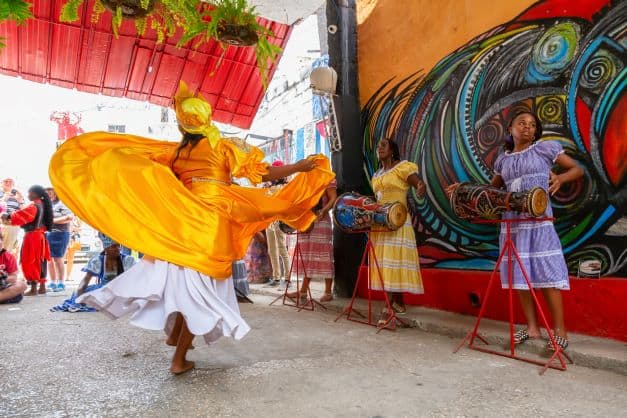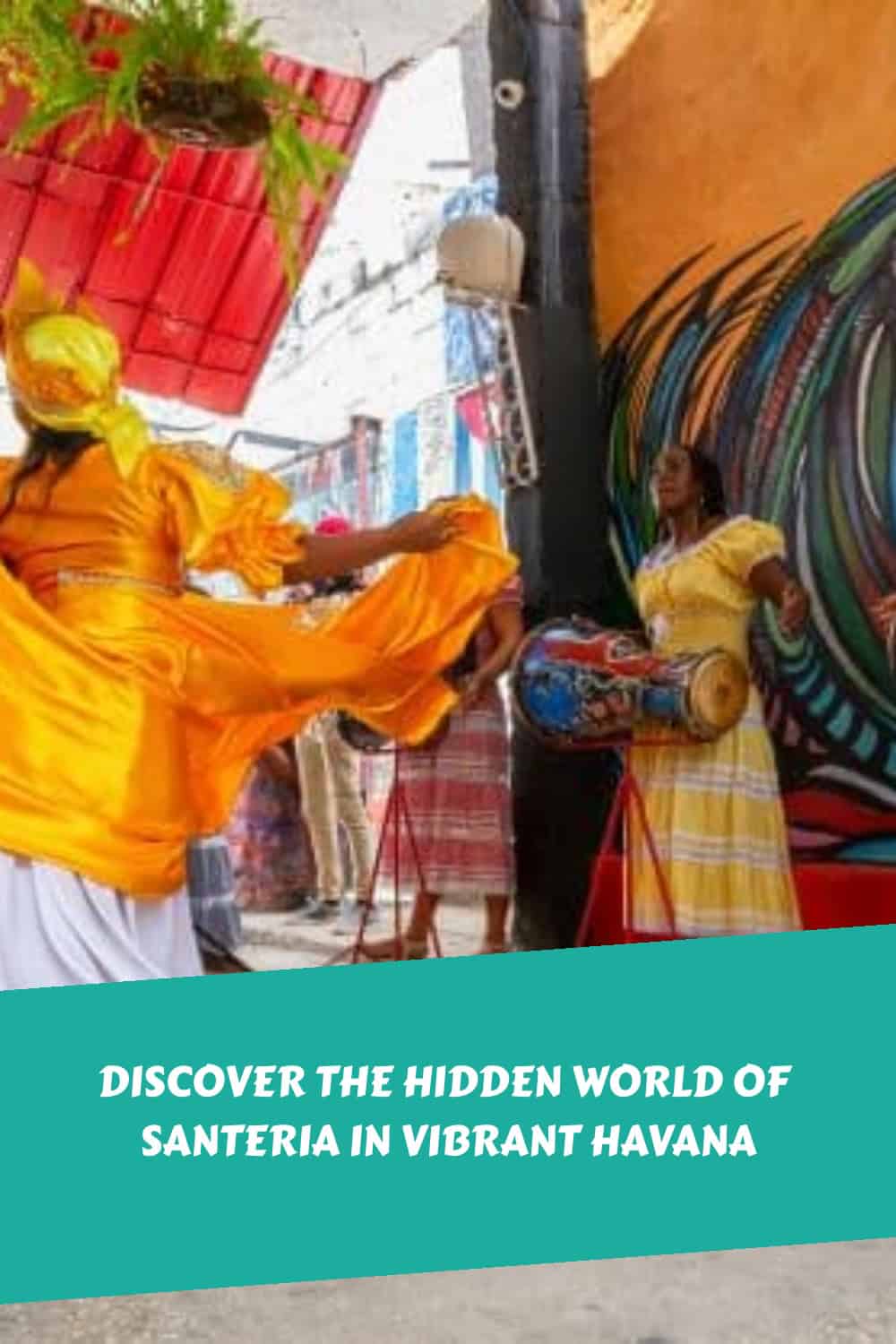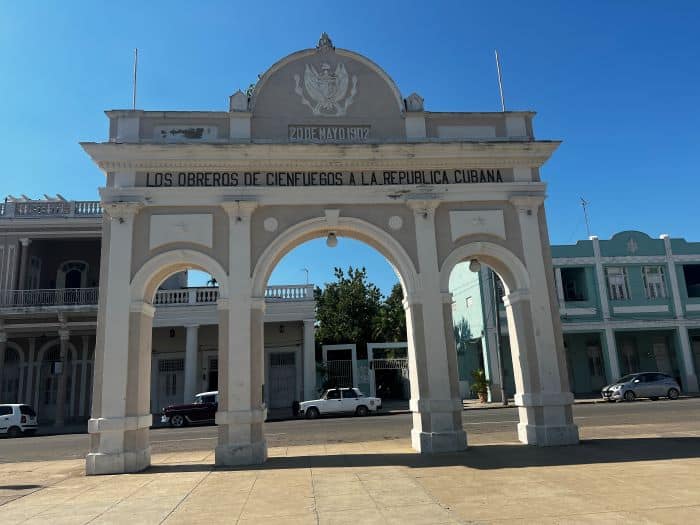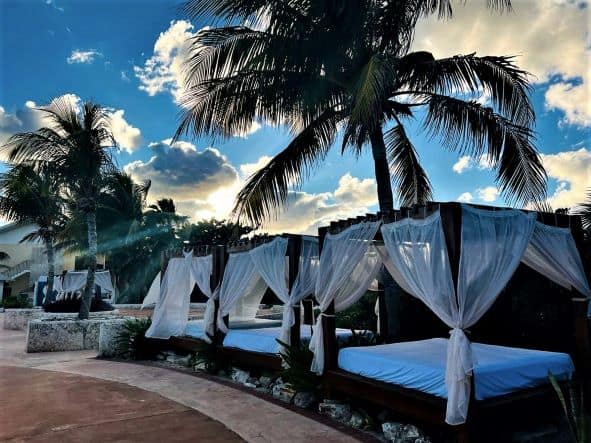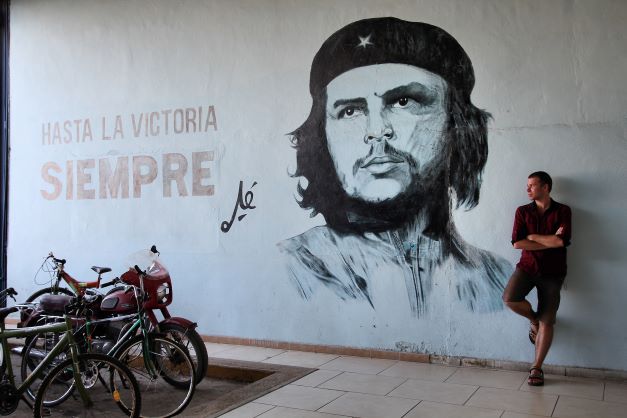When you visit Havana, you will notice some people wearing all-white and colorful beads around the city. This has to do with the Cuban Santeria religion.
Centuries ago, the African religion Yoruba arrived in Cuba with enslaved Africans, and today, Santeria is a strange mix of Yoruba and Catholicism.
While being based in Havana for two years I got to know a lot of santeros who practice this religion as part of their daily lives and see their ceremonies.
If you want to experience this, you can join a super interesting Afro Cuban Religion Tour in Havana to learn about the fascinating history of the Santeria.

The Unique Afro Cuban Religion Santeria
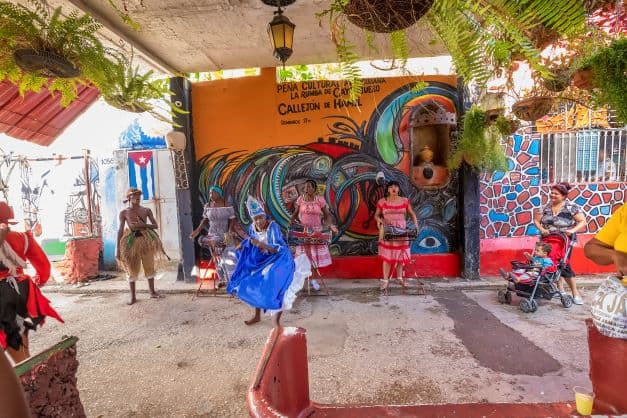
First of all, if you know anything about African religions, you probably have heard about Voodoo and various ceremonies of a dark character.
The Cuban Santeria religion is often mistakably perceived to be a form of shady and mystic religious practice with bad intentions and scary offerings.
That is not Santeria, just to put that myth to rest right from the bat.
What Santeria really is is a fusion of Catholic practices and African folk beliefs brought to Cuba with slaves from West Africa centuries ago.
It was originally called Yoruba, which is the name of the religion as it is practiced in Africa.
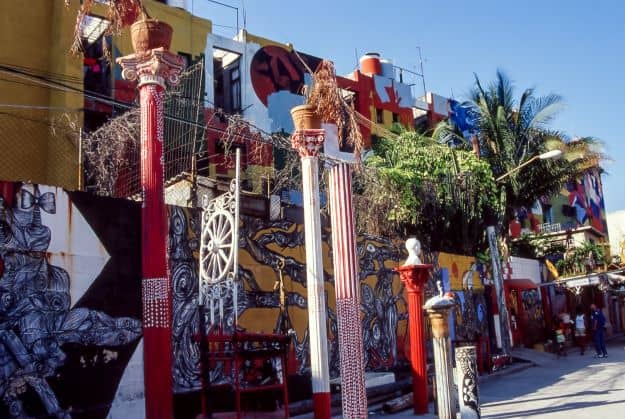
Today, Santeria is practiced in Catholic churches right next to the Catholic rituals, as well as in sacred spaces and private homes of people who have a special standing in the religion.
Santeria is super integrated into everything from food to health to birthdays (Many Cubans have two).
Santeros who have received their personal saint and spiritual guide also get a second birthday, which is the day of their saint ceremony. Every Santeria orisha, saint, has a catholic counterpart.
Afro Cuban Religion Tour In Havana
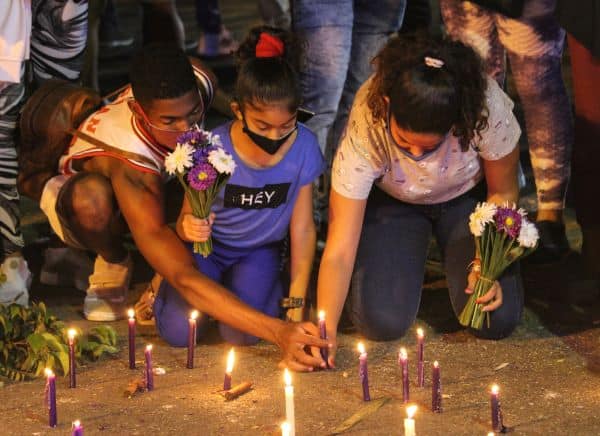
If you want to learn more about Santeria and how the mesh of Catholicism and Cuba’s unique culture influences Cubans in their daily lives, this Afro-Cuban religion tour in Havana is top-rated and will be super interesting for you.
The word orisha also came with the religion from West Africa through the slave trade; many Cubans today refer to these spirits, Gods, or saints, as santos.
You will learn about the different roles and responsibilities of these santos and how they influence Cubans’ everyday decisions and interpretations.
It is called the Yoruba Religion tour, and it is a walking tour of around four hours that starts in Parque Central.
If you have one day in Havana or more, this is a tour I recommend!
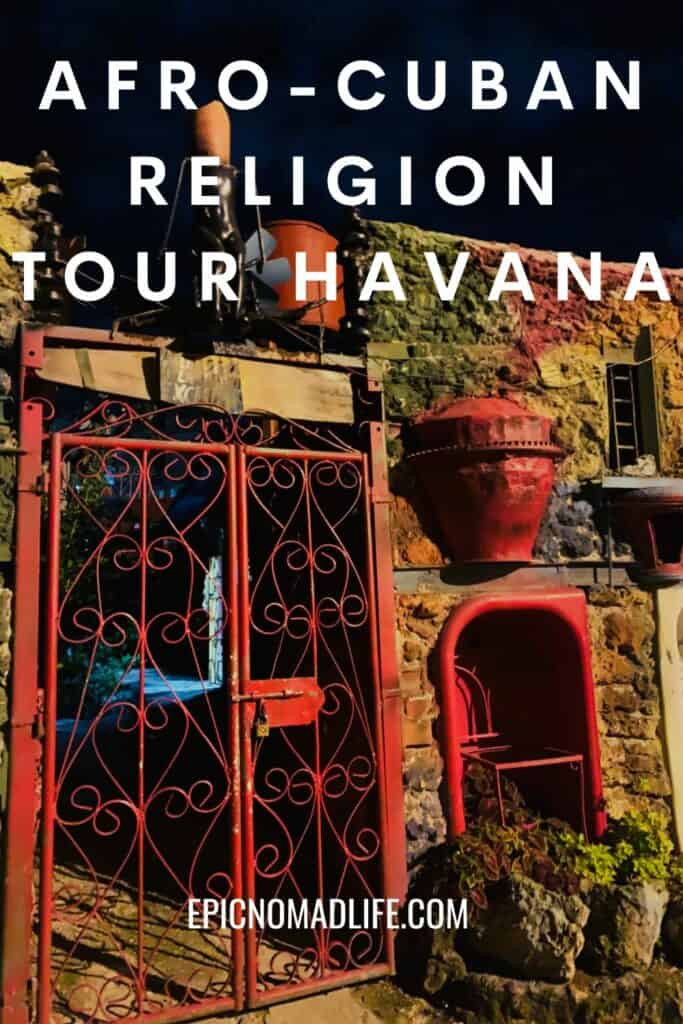
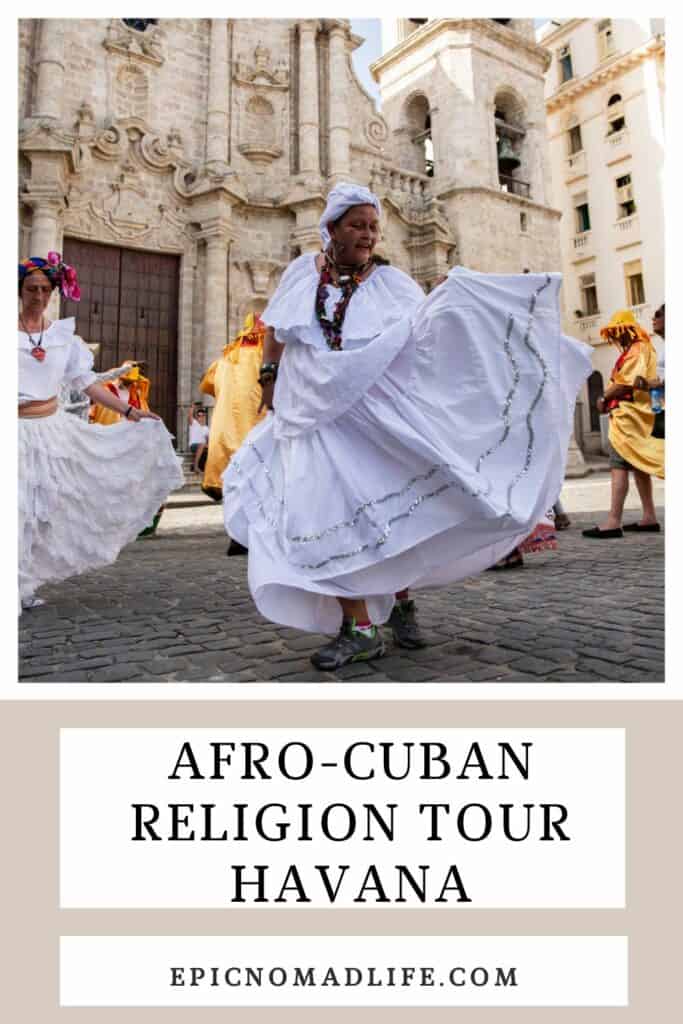
This is in “the middle of everything,” close to the capitol building, the Central Theater of Havana, the Museum of the Revolution, and the historic city.
You will pass El Capitolio on your way to the first interesting destination of the day, visiting the Orisha Museum, which translates to the Museum of the Gods or Spirits.
Next, you will drive over to the cultural center Callejón de Hamel, which can be described as an outdoor church, a religiously and culturally important place.
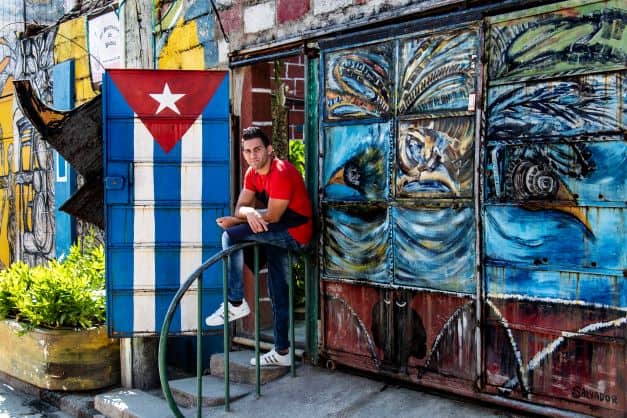
The art and decor here are amazing, with incredibly colorful murals and eclectic art created, among other things, with old bathtubs integrated into the walls and walkway!
Expect there to be a lot of music, Cuban dance, and rhythmic drumming going on!
The last stop of the day is the house of a Babalawo, which is a Yoruba (or Santeria) high priest.
He will answer any question you might have at this point and discuss the intricate rituals that are performed in the Afro-Cuban religious faith.
The History Of Santeria

Since Santeria emerged in Cuba during the 17th century, it has been a large part of Cuban society. Today, it’s far more common than Catholicism; Santeros outnumber Catholics by around 8-1.
When the slaves were taken to Cuba centuries ago, they were not allowed to practice their traditional religion, so they started to practice and pray in secret to their own saints while attending catholic services.
Although Santeria can be practiced in Catholic churches, it is mainly a religion that is practiced in people’s homes, and some houses are chosen to be the place for sacred rituals and celebrations.
There can also be celebrations in nature, like in a forest or a beach.
What Santeria does include is a belief that there are saints, santos, protecting the followers of Santeria.
Each santero will, in his or her lifetime, receive a special saint who is the main protector on his or her life journey.
When you see a person dressed in all white in Cuba, it is a person that has received his or her santo. For the next year, they will wear nothing but white clothes and live by a specific set of rules.
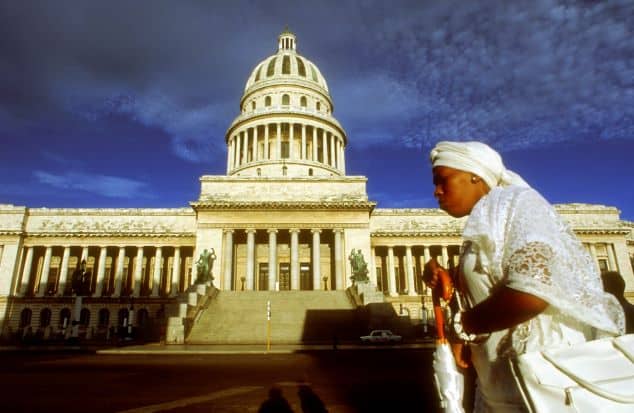
The process when you are chosen to receive your santo, is long and meticulous and includes special rituals with clothing, food, challenges, and good deeds.
The preparations also include fiestas, celebrations, and special ceremonies with offerings of food, money, and sacred tambores, drums (and drummers.
You also have to be specially qualified to be a drummer at a Santeria celebration.
Santeria Affects Everyday Life In Cuba
Santeria transpires all parts of everyday life in Cuba for most people.
This is visible in the many shops that sell religious ornaments like dolls of the saints and special emblems that represent a saint or praise.
If you pay attention, you will see “every person” has a bracelet, armband, hairband, or some sort of Santeria token on them in the streets.
Santeros often wear long beaded necklaces and bracelets with the colors of the primary orishas, saints.
Each saint has his special celebratory day, and santeros honor their saints in different ways.
This may include offerings, like slaughtering an animal (for the evening dinner) or flowers, preparing a special meal, or donating money to someone who needs it.
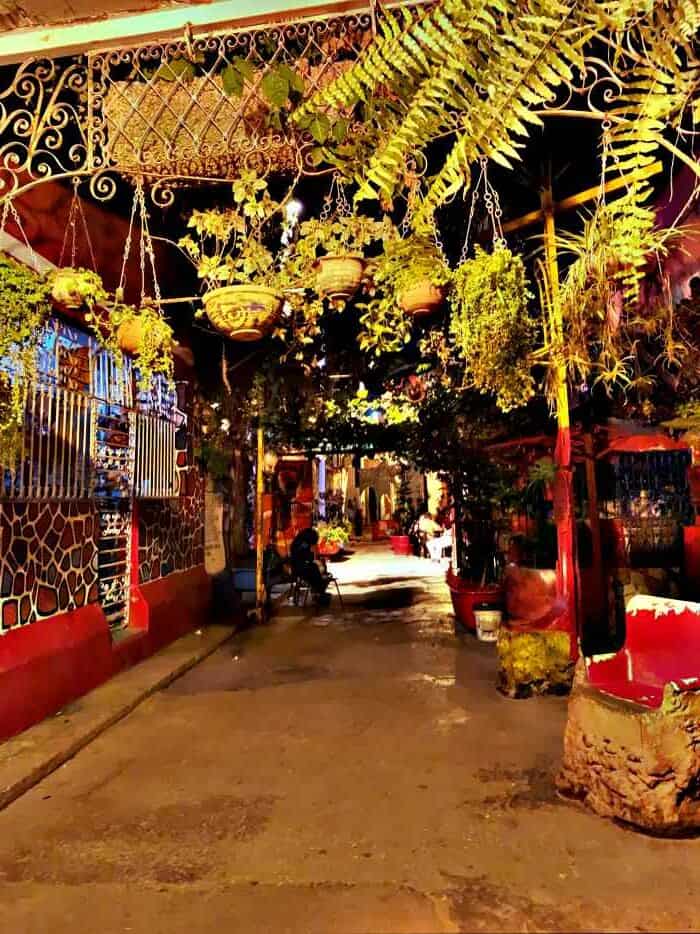
In any celebration in Cuba, like birthdays and holidays, the saints are part of the fiesta and will be served things like cake, food, cigars, and, of course, a bit of rum!
If you visit a Cuban home, somewhere in the living room you will see a collection of dolls and ornaments, which is where the saints live.
Santeria does have a belief in brujeria, witchcraft, in that santeros believe someone may inflict bad or good luck upon them for whatever reason.
In this way, it is a motivational factor for people to be good and do good in order to stay clear of negative energies and bad spells or malicious actions.
You will see traces of this religion everywhere in Cuba, on people and in their homes. The Santeria is a life-guiding belief that affects, if not all, most decisions and parts of life for Cubans.
Wrap-Up Afro Cuban Religion Tour Havana
In addition to all the incredible historical architecture, fortresses, landmarks, and remnants of the colonial era, you can explore Havana through the intriguing local religious lense.
The Afro-Cuban Santeria religion is like an extension of the past into the present for many Cubans.
For anyone wanting to know and understand more about the local culture, values, beliefs, and Cuban mindset, the Afro Cuban Religion Tour Havana will give you a unique insight into the soul of the African and European heritage of the island today.
Related blog posts:
What Is Cuba Known For? 22+ Unique Things About Cuba!
Dreamy Cuba Holidays Cayo Coco Island From An Expert!
Is Trinidad Cuba Worth Visiting | Remarkable Colonial Sugar Kingdom!
